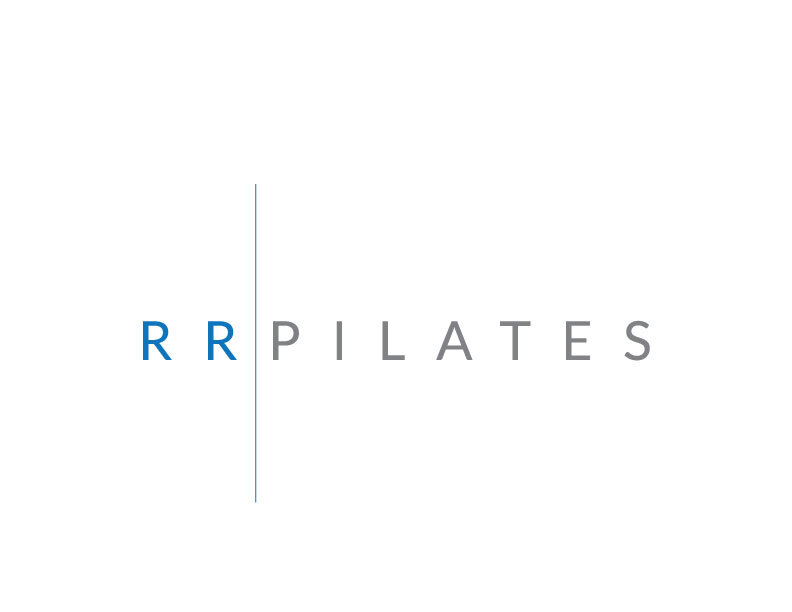Pulling In the Abdominals
How to Use Your Abdominal Muscles for Core Strength and Stability
By Marguerite Ogle Pilates Expert
"Pull in the abs!"
- A little phrase that might be called a Pilates chant, yet it is so misunderstood.
Pulling the abdominals in is fundamental to the Pilates method of exercise. It is a technique that is promoted in physical therapy settings, in strength training, and to some degree throughout the fitness world as a means of stabilizing the spine.
Done properly, training the abdominals will create an integrated core of strength that supports the spine and facilitates stability and freedom of motion throughout the body.
What is it to "pull in the abs" effectively, and how is it different from the destabilizing "suck in the middle" approach that shows up in many fitness scenarios?
In Pilates, we are looking to create a strong, stable foundation for movement. We develop this powerhouse for movement by employing the muscles of the pelvic floor and all of the abdominal muscles, teaching them to work efficiently and in harmony with the muscles of the back.
Pilates puts a special emphasis on training the deeper abdominal muscles, such as the transversus abdominis. These muscles are often underdeveloped and not working equally with the oft overworked surface muscles, such as the famous rectus abdominus (the six pack abs muscle).
Images like "pull your belly button to your spine", or worse, "pretend you got punched in the stomach" are often used to encourage a deep pull-in of the abs. These images, while they do convey the look of pulled in abs, can be misleading. They put the emphasis of the pull-in at the waist and may encourage a destabilizing forward slump of the upper torso along with a tuck of the pelvis.
The inner mechanics of creating a stable core begin not at the belly button, but with engaging the muscles of the pelvic floor.
Use the Pelvic Floor
Working the pelvic floor muscles is not just for women or bouncing back from pregnancy. The engagement of the muscles of the pelvic floor is critical to providing a stable base of movement for anyone. You feel like you are pulling the pelvic floor up and in toward the center line. One might also imagine pulling the sit bones together. This is similar to Kegel exercises. The only real difference is in intensity. In Kegels, one is entirely focused on the pelvic floor, and the pull up may be more aggressive and sustained than what you would use for general exercise.
